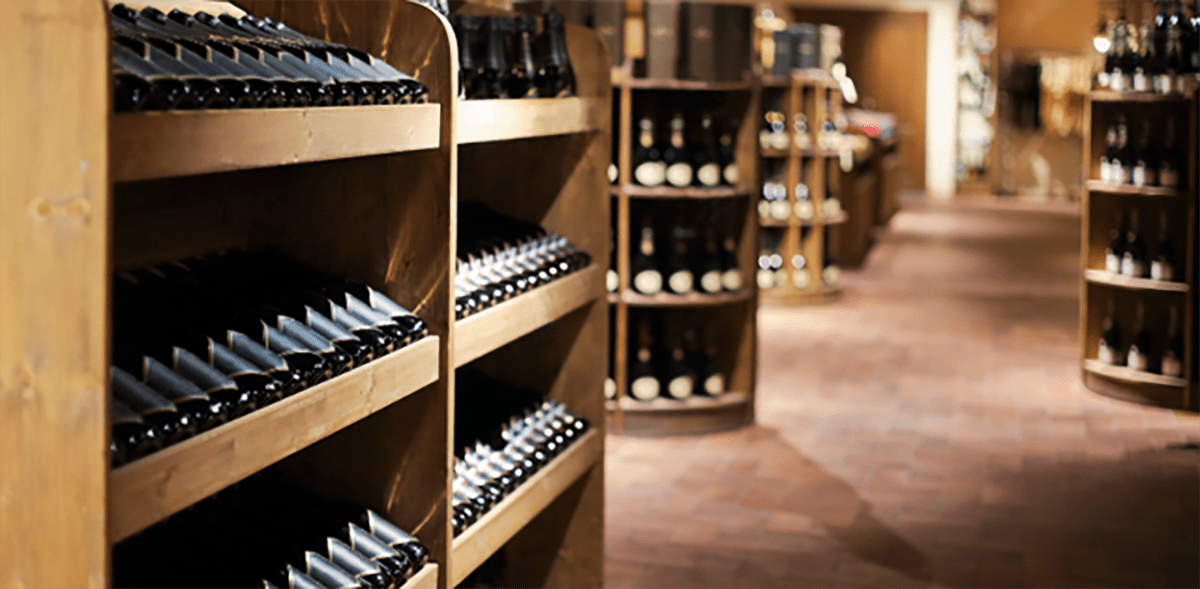The Challenge:
A worldwide leading spirits producer has observed a decrease in sales amid rising inflation, as consumers opt for more mainstream brands.
The hypothesis was that during budget constraints caused by inflation, customers tend to downgrade because they may not fully grasp the distinctions between premium and mainstream products, leading them to believe there is no need to pay extra for premium brands.
Consequently, Explorer was enlisted to confirm this theory, determine the most effective way to articulate the disparities between premium and mainstream options, and ultimately devise strategies to educate shoppers in-store.
Our Approach:
Explorer undertook a comprehensive study incorporating both qualitative and quantitative components. All participants engaged in a quantitative shopping exercise involving eye tracking.
Select participants were chosen for an in-depth qualitative analysis based on their responses and shopping behavior.
This multi-method approach offered both depth and breadth, enabling the quantification and contextualization of confusion at the shelf, identifying the need for education, and determining how it should be implemented in-store.
The qualitative aspect pinpointed the specific language required to effectively communicate the value proposition through in-store education.
The Impact:
The study resulted in a thorough playbook outlining the optimal presentation of the category in-store, along with accompanying educational materials at the shelf to boost sales.
This encompassed elements such as imagery, typography, QR codes for accessing additional information, and the availability of in-store staff expertise.
The initial implementation in smaller retailers yielded an immediate rebound in sales, countering pre-inflationary challenges. As inflation decreases, the client is now reporting growth in key brands affected by these strategic changes.
